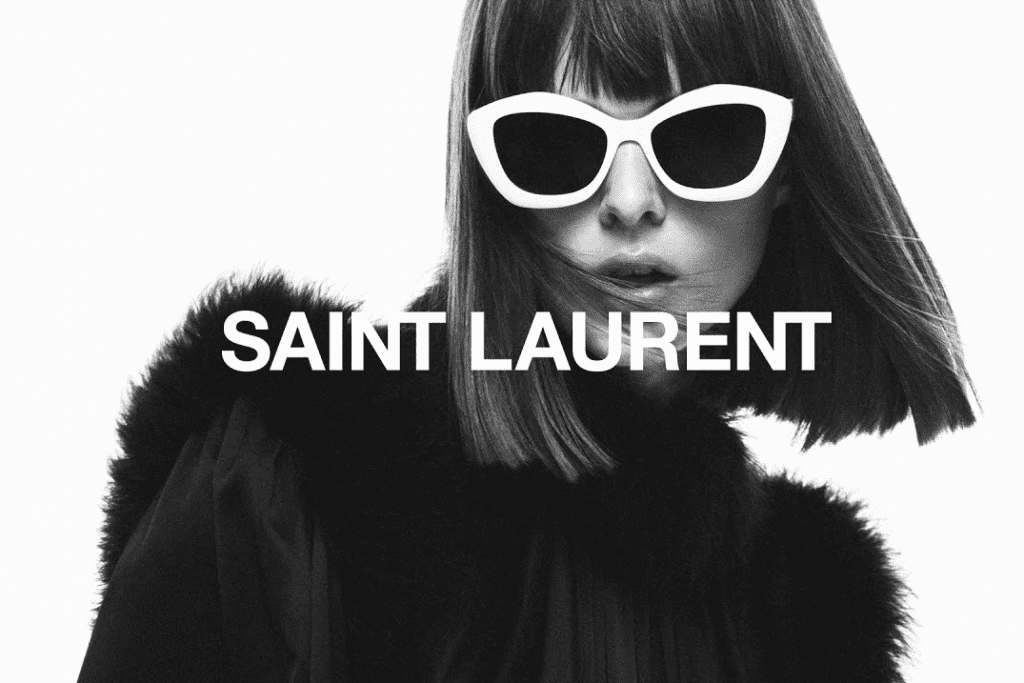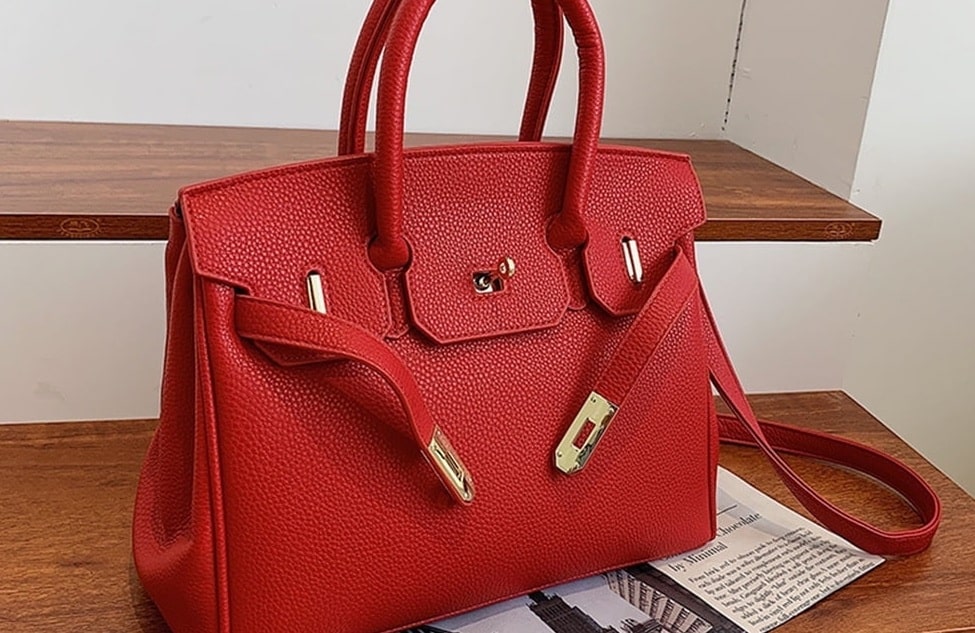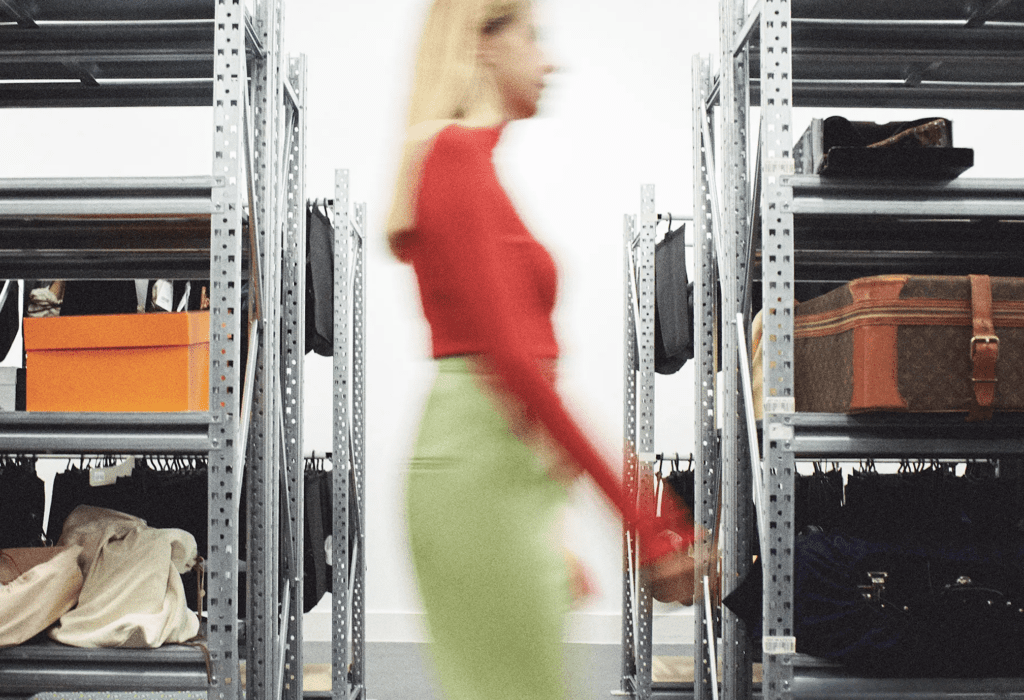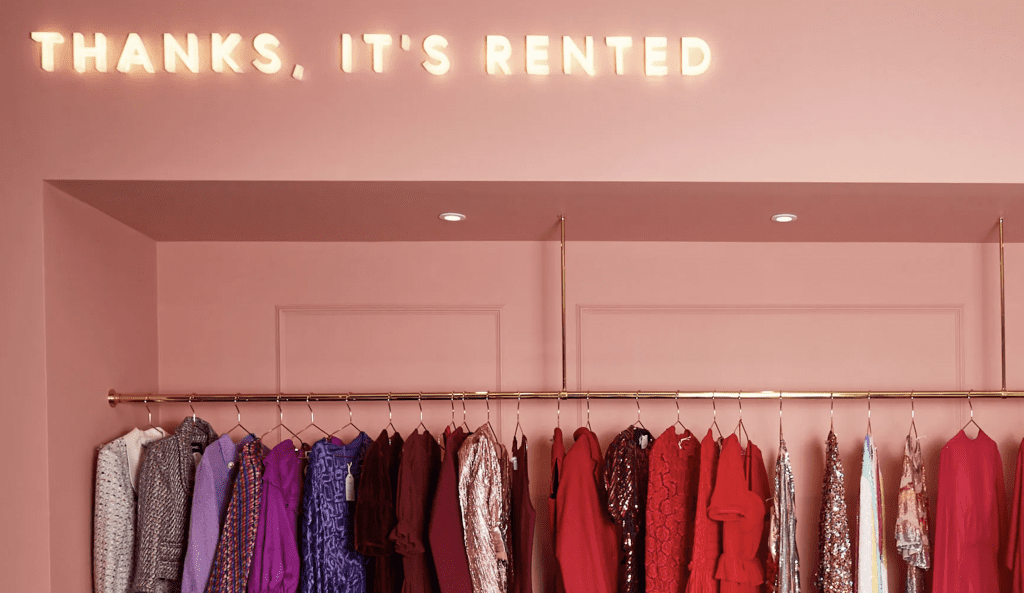Price increases may be on the horizon again. Rumors are circulating on social media and dedicated luxury handbag forums that Saint Laurent may be the latest brand to boost prices, a move that would come amid enduring hikes on the luxury pricing front over the past year, in particular, as the likes of Louis Vuitton, Chanel, and Prada, among others, have all upped engaged in price increases for their offerings since the onset of the pandemic, and in some cases, have done so multiple times in order to beat the blows being dealt by the pandemic without saturating the market by substantially increasing their outputs. Beyond that, an increase from Saint Laurent would not be surprising given the work that has been underway, as the Kering-owned brand – which is on track to log sales of 2 billion euros this year – sets its sights on 3 billion euros or more in annual revenue.
Under the watch of Francesca Bellettini, who was appointed president and CEO of Saint Laurent back in 2013, the Paris-based brand – which generates 14 percent of Kering’s total revenues (as of the first half of 2021) – has been undergoing an ambitious overhaul. Efforts in this vein range from a reorganization of the company’s management (regional presidents, for instance, did not initially report directly to Bellettini at the start of her tenure; they do now) to how it views products. “We have created business units divided by product category for a vertical focus from collection development to in-store delivery,” she told European fashion site MF Fashion in an interview this month.
Bellettini has also spearheaded a move to cancel many of the licensing deals that Saint Laurent previously maintained – such as its eyewear deal with Safilo, which the company pulled the plug on in 2014 in order to bring eyewear manufacturing in house, under Kering’s eyewear division in furtherance of a larger industry trend of groups looking to amass greater control over their supply chains and the conditions in which their products are marketed and sold. (Ferrari, where Bellettini is a member of the board, has also actively engaged in an effort to cut way back on its many licensing deals in order to move its non-auto offerings up the ladder in terms of their positioning.)
At the same time, Saint Laurent has moved away from some of its sub-brands in an effort to focus on “creating a single brand.” While the licensing deals and related ventures were profitable, Bellettini claims that they were “diluting” Saint Laurent’s luxury-centric positioning. And more recently, Saint Laurent has engaged in a shift in terms of distribution, following in the footsteps of Gucci – which Kering revealed in its H1 report this summer was the first of its brands to “embark on the process of radically streamlining its distribution network.”
Reflecting on the brand’s progress at the six-month mark this year, Kering revealed that Saint Laurent has been “keeping a very close eye on the quality and exclusivity of its distribution and is careful to focus its wholesale business” – one that is “strategically important” for Saint Laurent and “perfectly complements” the brand’s retail business – “on a limited number of distributors.” Saint Laurent’s wares can be purchased via e-commerce platforms like Net-a-Porter and SSENSE, for example, and from department stores, such as Neiman Marcus, Saks, Nordstrom, and Bloomingdale’s. (For the first half of the year, 73 percent of Saint Laurent’s revenue was driven by sales in directly operated stores versus 27 percent from wholesale sales.)
Products, Price Increases & Expansion
Saint Laurent has also been in the midst of brick-and-mortar expansion over the past few years, boosting its store network by way of 12 new outposts in the first six months of 2021, mostly in Asia and North America, regions where “business growth is very strong and where the brand’s distribution network does not yet match its potential” – bringing its total number of directly operated stores as of June 30 to 251, up from 239 at the end of December 2020.
Finally, in terms of product (and pricing), Bellettini recently stated that creative director Anthony Vaccarello and his team are “consistent across all categories,” making it so that “all product categories are selling very well.” While all categories may be thriving, the breakdown is striking, nonetheless, as leather goods accounted for 72 percent of the brand’s revenue for the first half of the year, an objectively large portion of sales compared to similarly-situated brands. (Gucci, for example, derived 50 percent of its revenue during the same period from leather goods.) Saint Laurent’s sizable leather goods sales were followed by ready-to-wear, which drove 12 percent of sales, shoes (9 percent), and 7 percent coming from “other” sources, likely, jewelry and royalties.
In addition to doing a good job selling leather goods, generally, Saint Laurent really seems to thrive at putting forth a careful balance of new and staple goods. As TFL has previously noted, Kering has consistently highlighted the success of its brands’ carry-over products, with staple handbags, for instance, serving as Saint Laurent’s most successful products for the first three months of 2021. Fast forward to Q3 and Kering reported that Saint Laurent was balancing both core collection elements with new products, as “iconic products enjoyed sustained appetite from locals across all markets [and] new lines were very well received.” That is arguably no small feat given that the era of the all-consuming “it” bag has died down in favor of a greater mix of more fleeting, trendy bags.
In furtherance of its focus on pricing from a positioning perspective, Bellettini told Vogue Business that the brand “completely stopped making public markdowns during the pandemic,” and thus, markdowns are now limited to “controlled environments,” namely, “few private sales dedicated to selected clients and outlets,” which Bellettini says is a “‘legitimate’ channel with very small overlap of clientele with stores.” This builds upon an enduring multi-year effort by the brand to move away from markdowns, waiting at least a year to mark down current collections in the past. “This was a further step,” she told the site.
The 3 Billion Euro Mark
Looking ahead, Bellettini says that there is plenty of room for growth in light of the fact that it is “very difficult to find saturation … because there are always new markets” ripe for expansion. “Before China, there was Japan, there was America. South Africa will arrive at some point,” she says. “And then you can always grow by stealing market share from others in the markets you already are in.”
Another potential source of growth could, of course, come from a new market entirely: the virtual one. As TFL reported this week, Saint Laurent appears to be eyeing up a digital move, as it filed trademark applications for registration in the U.S. and the European Union that cover Class 35, including “connected clothing, smart clothing, connected footwear, [and] smart footwear,” among other things. Given the “growing recognition of the Saint Laurent silhouette” and “increasing brand awareness” that Kering highlighted in its most recent financial report, paired with the brand’s quest to reach beyond the 3 billion euros mark, it is not difficult to image that some of its future growth very well may come from the metaverse.
In the meantime, if the rumors are true, Saint Laurent may also be aiming to boost revenue and move towards the 3 billion euros mark by way of increased prices.











